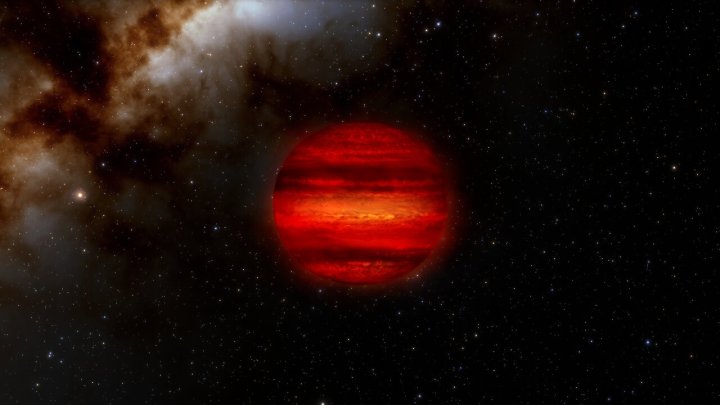A strange object nicknamed “The Accident” has given scientists their first glimpse of a rare silicon-based molecule long expected in the atmospheres of Jupiter, Saturn, and other giant planets.
This faint, ancient brown dwarf — too small to be a star, too big to be a planet — was so unusual that only the James Webb Space Telescope could unravel its chemistry. Against the odds, astronomers detected silane, a molecule that had eluded every other search.
The Search For Missing Silicon
Why has silicon, one of the most abundant elements in the universe, been so difficult to detect in the atmospheres of Jupiter, Saturn, and similar gas planets orbiting distant stars? A recent study drawing on data from NASA’s James Webb Space Telescope offers a new clue. The research centers on a strange object spotted by chance in 2020 and nicknamed “The Accident.”
The Accident Defies Expectations
The Accident is what astronomers call a brown dwarf, a sphere of gas too small to ignite as a star yet too large to be considered a planet. Even within this unusual category, it stands out. Its atmosphere shows an odd mix of traits, some typically found in young brown dwarfs and others usually associated with much older ones.
Because of this confusing blend, it evaded standard detection techniques until about five years ago, when a volunteer discovered it while combing through NASA data as part of Backyard Worlds: Planet 9. This citizen science project allows participants worldwide to search for hidden objects using images from NASA’s retired NEOWISE (Near-Earth Object Wide-field Infrared Survey Explorer), which was operated by NASA’s Jet Propulsion Laboratory in Southern California.
Webb Telescope Spots The Unexpected
The Accident is so faint and odd that researchers needed NASA’s most powerful space observatory, Webb, to study its atmosphere. Among several surprises, they found evidence of a molecule they couldn’t initially identify. It turned out to be a simple silicon molecule called silane (SiH4).
Researchers have long expected — but been unable — to find silane not only in our solar system’s gas giants, but also in the thousands of atmospheres belonging to brown dwarfs and to the gas giants orbiting other stars. The Accident is the first such object where this molecule has been identified.







